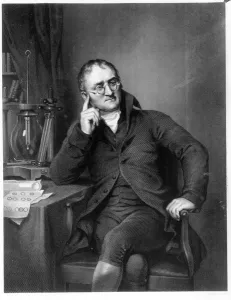Daltonism Collection
John Dalton, the renowned English chemist, is widely known for his groundbreaking work in various scientific fields
All Professionally Made to Order for Quick Shipping
John Dalton, the renowned English chemist, is widely known for his groundbreaking work in various scientific fields. However, one of his most significant contributions was the discovery and description of color blindness, which later became commonly referred to as "Daltonism. " Born in 1766, Dalton's fascination with science began at an early age. His keen interest in meteorology led him to develop theories about weather patterns and atmospheric conditions. Yet it was his research on vision that would forever change our understanding of human perception. In 1794, Dalton published a paper detailing his observations on color blindness. He himself suffered from this condition and provided invaluable insights into its nature and effects. Through meticulous experiments and personal experiences, he discovered that individuals affected by color blindness struggle to distinguish certain hues or perceive them differently than those without the condition. Dalton's findings revolutionized our comprehension of how light interacts with the eye and laid the foundation for further studies on visual impairments. His work not only advanced scientific knowledge but also had practical implications for industries such as art, design, and transportation. Throughout history, artists have depicted John Dalton through various mediums like engravings and busts. These portraits capture the essence of a man whose intellectual curiosity propelled him to unravel mysteries hidden within nature's tapestry. Today we continue to honor John Dalton's legacy as we strive towards greater inclusivity for individuals living with color blindness. Thanks to his pioneering efforts over two centuries ago, we now possess a deeper understanding of this condition that affects millions worldwide. So let us remember John Dalton not just as an eminent chemist but also as a visionary who shed light on an aspect of human perception previously unknown – forever leaving his mark on both science and society alike.











